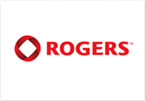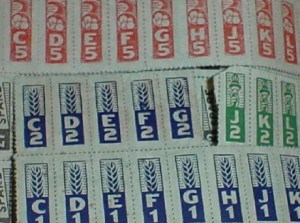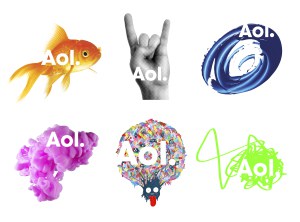 Rogers Communications wants you to watch television on your broadband service, but not too much. The Canadian cable company’s On Demand Online service was previewed Monday at a media event with plans for a public launch on November 30.
Rogers Communications wants you to watch television on your broadband service, but not too much. The Canadian cable company’s On Demand Online service was previewed Monday at a media event with plans for a public launch on November 30.
On Demand Online will showcase specific television shows as well as the entire lineup of certain channels. The service has more than a dozen partner networks providing programming, among them TVOntario, Treehouse, Citytv, SuperChannel, and Sportsnet.
Premium programming will be available to Rogers subscribers who also receive those networks as part of their cable television package. No cable TV package? No access for you. (Update: Rogers says it will offer the service to customers of any Rogers service.) For now, company officials say the service will be available for no additional charge, but will be ad-supported. Using On Demand Online will count against your usage cap/consumption billing allowance. The service offers two speeds for viewing – a low resolution 480kbps feed and a higher resolution 1Mbps feed. Rogers intends to increase the quality of the high resolution service to 2-2.5Mbps in the near future.

Rogers rations your online TV experience with usage allowances that make sure you don't spend too much time online watching shows you should be viewing on your Rogers cable TV service.
Rogers’ usage allowances, a part of their well-established Internet Overcharging scheme, will make it difficult for those already spending a lot of time online to enjoy the service. Watching the current high speed, higher resolution feed could exceed 1GB of usage in just over two hours according to Digital Home. That drops in half when Rogers upgrades the quality of the feed.
Customers who blow through their allowance face overlimit penalties and fees on their next bill.
Qualified subscribers will access the service through Rogers’ broadband web portal using established account names and passwords. While the service will work “on-the-go,” Rogers says it will be keeping an eye out for password sharing and will also impose any viewing limitations required by content producers. That could mean what is okay to watch in Ontario is not okay in Alberta, due to licensing issues.
Stop the Cap! reader Ibrahim in Toronto wonders how Rogers expects to get a lot of customers excited about a service that will help erode their monthly usage allowance.
“Isn’t is fascinating that Rogers wants to effectively charge you for every hour you watch online when you’ve already paid for the channel on your monthly cable bill? What’s next, a meter on top of the television set demanding a quarter for every 15 minutes of viewing?” he asks.
Susan in North York wonders why she’ll have to pay for every ad.
“When I read about this service, I thought we were finally going to get something like Hulu here in Canada, but with usage-based billing, who is going to use up their allowance watching shows with ads all over them — ads I am now going to pay to watch,” she wonders. “I guess it’s newsgroups for me — I can download my shows without ads and pay less.”
While the program content can be fast-forwarded or rewound, commercial advertisements on the service cannot be skipped or hurried through. Initially, the service is expected to show just one ad per program, but Rogers intends to eventually run the same number of ads consumers would find if watching the program live on television. With up to 12 minutes of advertising per hour, that also helps slowly eat away your monthly allowance.
What are the monthly usage allowances for Rogers Hi-Speed Internet service?
Ultra Lite – 2 GB
Lite – 25 GB
Express – 60 GB
Extreme – 95 GB
Extreme Plus – 125 GB
Please note: The grandfathered Ultra Lite and Lite monthly usage allowance is 60 GB. Also, Rogers Portable Internet and dial-up services do not have usage allowances at this time.
Will I be charged if I go beyond my monthly usage allowance?
Yes. If you exceed your monthly usage allowance, you will be charged as follows:
Ultra Lite – $5.00/GB to a maximum of $25.00
Lite – $2.50/GB to a maximum of $25.00
Express – $2.00/GB to a maximum of $25.00
Extreme – $1.50/GB to a maximum of $25.00
Extreme Plus – $1.25/GB to a maximum of $25.00
Please note: the grandfathered Ultra Lite over-allowance fee is $5.00/GB with no maximum, and the grandfathered Lite over-allowance fee is $3.00/GB with no maximum.


 Subscribe
Subscribe



